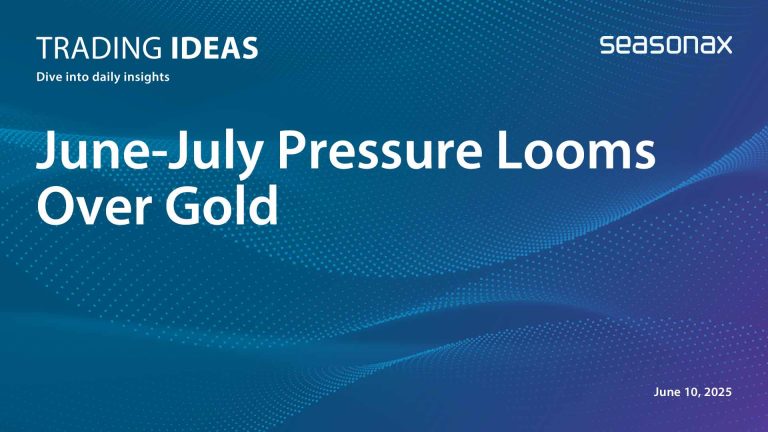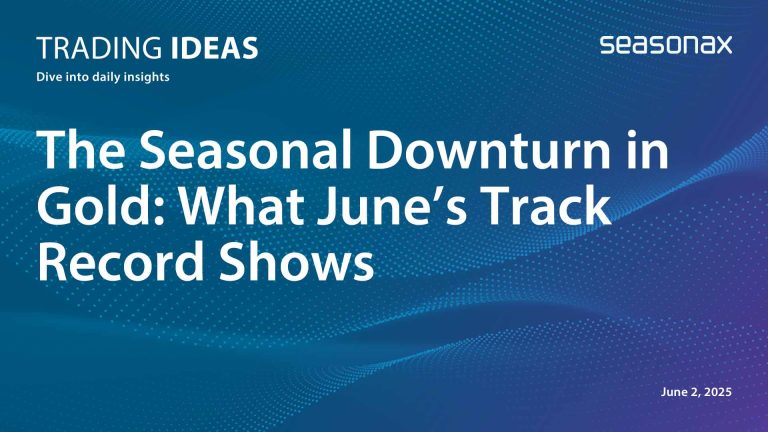
Soybean Slide: Will China & US Tensions Enhance the Seasonal Slump?
From mid-June to early October, soybeans have posted losses in 11 of the past 14 years, averaging a -4.87% decline. With a win rate of just 21.43%, it’s one of the weakest seasonal periods. In 2025, trade tensions and weak Chinese demand could intensify this trend. Without a shift in trade dynamics, further downside is likely.









